UNDERGRADUATE
Electronics Engineering
ABOUT the
Program
Electronics engineering is closely related to the conception, design, implementation, and operation of electronic technology applications. Specifically, electronics technology is based on the diversity of electrical and magnetic phenomena of certain materials. In that sense, it is related to and depends on the composition, atomic structure and mode of electrical conduction in composite materials. Thus, it consists primarily of the applications of mathematics and physics to the design and analysis of real physical entities (e.g. amplifiers, radio receivers, and computers) and of small- and large-scale physical systems (e.g. signal processing, telecommunications, and process automation systems), where interconnected electronic devices and elements interact in various ways.
Bucaramanga, Santander: SNIES 3731 | Qualified Registry: Resolution of the Ministry of National Education (MEN) No. 003639 April 1, 2024, on the basis of high quality accreditation. Valid for 8 years.
DEGREE:
Electronics Engineer
DURATION:
10 semesters
MODALITY:
In-person
CAMPUS:
Bucaramanga
Barbosa (basic cycle)
Barrancabermeja (basic cycle)
Málaga(basic cycle)
Socorro (basic cycle)
- Applicant Profile
- Graduate Profile
- Labor Field
- Our Accreditations
- Continuous Improvement
APPLICANT
Profile
.
Applicants to the program are chosen according to the scores obtained in the areas of the new Icfes State exam (Common Core), based on a set of selection criteria, giving priority to applicants with the best overall academic performance in the indicated areas.
Applicants compete with six scores, one for each selection criterion, which are ranked according to the priorities associated to each program. When the criterion consists of more than one area of the State Exam, the lowest score is considered because it represents the applicant's overall performance in that set of areas.
In the case of the Electronics Engineering program, the institutional agreement establishes the following six (6) selection criteria, in their respective order of importance:
Mathematics, Physics and Language Arts
Mathematics
Physics and Language
Language
Physics
Philosophy and Chemistry
GRADUATE
Profile
.
Our electronic engineers are highly qualified to:
Apply their knowledge in mathematics, natural sciences and engineering.
Design and conduct experiments, as well as analyze and interpret data.
Design a system, a component, or a process that satisfies the needs posed within realistic constraints, for example, in economic, environmental, and other aspects.
Identify, formulate and solve engineering problems.
Recognize the need for lifelong learning.
Use the techniques, skills, and tools of modern engineering necessary for their practice.
Participate in interdisciplinary teams.
Communicate efficiently.
Manage engineering projects.
Understand professional and ethical responsibilities.
Understand the repercussions of engineering solutions in the global, economic, environmental and societal context.
Know about current issues.
LABOR
Field
.
Electronic engineers graduated from the UIS stand out for:
Their ability to create engineering solutions, based on their knowledge of natural sciences and electronics engineering, for a community or productive sector.
Their strategic management of learning and their ability to adapt according to the needs and challenges of the environment in which they work.
Their ability to efficiently lead interdisciplinary teams.
Their responsibility and commitment to the environment and the social environment where they work.
OUR
Accreditations
.
High-Quality accreditation:
Ministry of National Education (MEN) Resolution no. 2557 February 23, 2017 (effective for six years).
Further information: Click here
International Accreditation: Internationally accredited by the non-profit non-governmental organization ABET (Accreditation Board for Engineering and Technology).
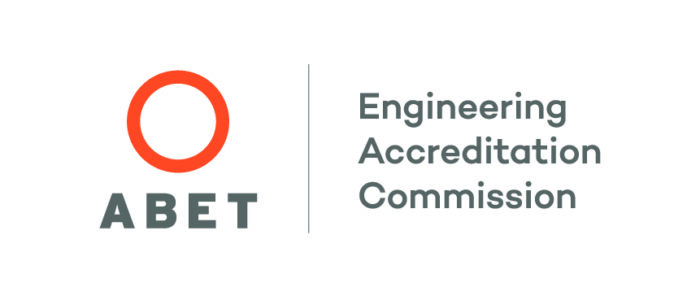
Follow these steps for more information:
Select the button: SEARCH ABET-ACCREDITED PROGRAMS.
Select the tab: Search By Name
Select the option: Institution Search.
Search for: Universidad Industrial de Santander.
CONTINUOUS
Improvement
.
Electronics Engineering program has implemented a process of continuous improvement that will allow future professionals to have a solid educational foundation with the capacity to manage innovative processes, emerging technologies, and anticipate the welfare and safety needs of the community. With this, students, employers, and society in general will be confident that the program meets quality standards and prepares graduates to enter a global workforce.
Program Educational Objectives
The Program Educational Objectives (PEOs) for Electronics Engineering are to educate engineering graduates who 3 to 5 years after graduation:
Create engineering solutions in profit of the community or productive sector, based on natural sciences knowledge and electronics engineering skills.
Participate, lead and communicate effectively in interdisciplinary teams.
Practice their professional activity in an integral, ethical and responsible manner and compromise with the environment and society.
Student Outcomes
Electronics Engineering aims to develop the following student outcomes:
An ability to identify, formulate, and solve complex engineering problems by applying principles of engineering, science, and mathematics.
An ability to apply engineering design to produce solutions that meet specified needs with consideration of public health, safety, and welfare, as well as global, cultural, social, environmental, and economic factors.
An ability to communicate effectively with a range of audiences.
An ability to recognize ethical and professional responsibilities in engineering situations and make informed judgments, which must consider the impact of engineering solutions in global, economic, environmental, and societal contexts.
An ability to function effectively on a team whose members together provide leadership, create a collaborative and inclusive environment, establish goals, plan tasks, and meet objectives.
An ability to develop and conduct appropriate experimentation, analyze and interpret data, and use engineering judgment to draw conclusions.
An ability to acquire and apply new knowledge as needed, using appropriate learning strategies.
Historical Enrollment and Graduation Statistics
| 2019 | 2020 | 2021 | 2022 | 2023 | |||||
Academic Term | I | II | I | II | I | II | I | II | I | II |
Admitted | 93 | 109 | 93 | 121 | 110 | 180 | 116 | 130 | 128 | 122 |
Enrolled | 749 | 807 | 809 | 902 | 933 | 971 | 969 | 1005 | 992 | 958 |
Graduates (Term) | 8 | 45 | 27 | 30 | 30 | 43 | 17 | 31 | 46 | 56 |
All about our program
ACADEMIC
Curriculum
- 1°
- 2°
- 3
- 4°
- 5°
- 6°
- 7°
- 8°
- 9°
- 10°
- Electives
.
Code: 20252 Credits: 4 - Calculus I
Code: 22949 Credits: 4 - Basic Chemistry
Code: 22979 Credits: 4 - Linear Algebra I
Code: 24948 Credits: 0 - University Life and Culture
Code: 23424 Credits: 4 - English I
.
Code: 20253 Credits: 4 - Calculus II
Code: 22950 Credits: 4 - Physics I
Code: 23425 Credits: 4 - English II
Code: 27132 Credits: 3 - Introduction to Engineering
Code: 23423 Credits: 1 - Physical Culture and Sports
.
Code: 20254 Credits: 4 - Calculus III
Code: 22953 Credits: 4 - Physics II
Code: 21619 Credits: 4 - Electrical Circuits I
Code: 27133 Credits: 3 - Computer Programming I
Code: 23272 Credits: 4 - Linear Algebra II
.
Code: 20255 Credits: 4 - Differential Equations
Code: 22956 Credits: 4 - Physics III
Code: 27134 Credits: 4 - Electrical Circuits II
Code: 23328 Credits: 3 - Engineering Drawing
Code: 27135 Credits: 3 - Computer Programming II
.
Code: 23332 Credits: 4 - Signal Processing
Code: 27136 Credits: 4 - Digital Systems I
Code: 27137 Credits: 3 - Introduction to Materials Science
Code: 23330 Credits: 4 - Electromagnetic Theory
Code: 23411 Credits: 4 - Electronic Devices
.
Code: 27125 Credits: 3 - Probability and Statistics
Code: 23414 Credits: 4 - Fundamentals of Analog Circuits
Code: 23413 Credits: 3 - Discrete Signal Processing
Code: 27138 Credits: 4 - Process Dynamics
Code: 00002 Credits: 3 - Elective
.
Code: 27139 Credits: 4 - Communications I
Code: 27140 Credits: 3 - Digital Systems II
Code: 27120 Credits: 3 - Numerical Methods
Code: 27141 Credits: 3 - Control I
Code: 27142 Credits: 4 - Industrial Electronics
.
Code: 27143 Credits: 4 - Process Automation
Code: 27144 Credits: 4 - Control II
Code: 27145 Credits: 4 - Communications II
Code: 23420 Credits: 4 - Electronic Instrumentation
.
Code: 00003 Credits: 3 - Elective
Code: 27146 Credits: 4 - Electronic Systems Design
Code: 27131 Credits: 3 - Engineering Project Management
Code: 27130 Credits: 3 - Final Undergraduate Thesis I
Code: 00003 Credits: 3 - Elective
.
Code: 00005 Credits: 3 - Elective
Code: 22977 Credits: 7 - Final Undergraduate Thesis II
Code: 00002 Credits: 3 - Elective
.
Code: 23435 Credits: 3 - Industrial Communication Networks
Code: 23479 Credits: 3 - Embedded Systems
Code: 23480 Credits: 3 - Microelectronics
Code: 27150 Credits: 3 - Computer Networks I
Code: 27151 Credits: 3 - State Space Control
Code: 27154 Credits: 3 - Design of Microprocessors and Microcontrollers
Code: 27155 Credits: 3 - Enterprise Software Engineering
Code: 27156 Credits: 3 - Digital Image Processing
Code: 27157 Credits: 3 - Computer Networks II
Code: 27158 Credits: 3 - Transmission Media
Code: 27159 Credits: 3 - Computer Architecture I
Start your registration here!
Bucaramanga, Barbosa, Barrancabermeja, Málaga, Socorro
our
Faculty
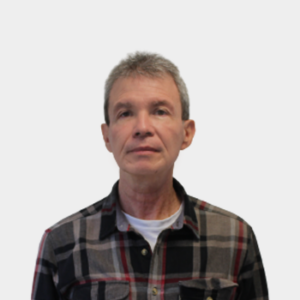
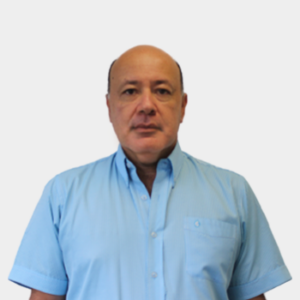
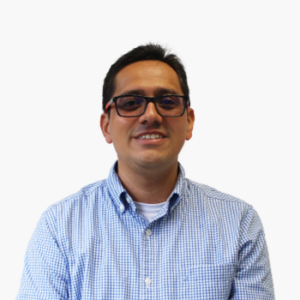
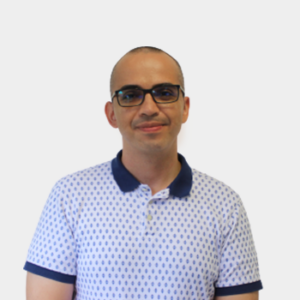
German Alfonso Osma Pinto
Doctor in Engineering (Electrical Engineering, Electronics and Management & Development)
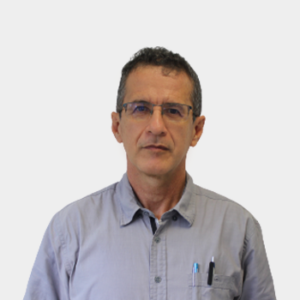
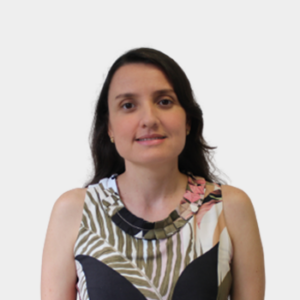
María Alejandra Mantilla Villalobos
Doctor in Engineering (Electrical Engineering, Electronic Engineering and Management & Development)
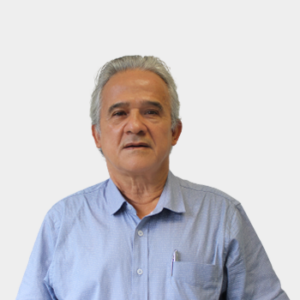
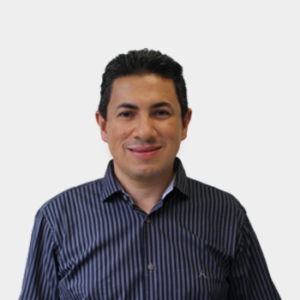
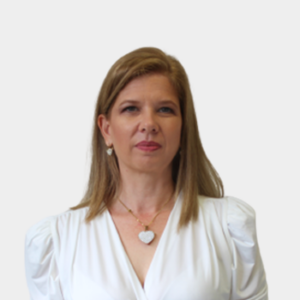
Monica Andrea Botero Londoño
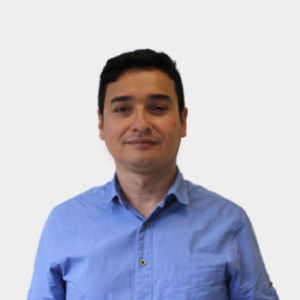
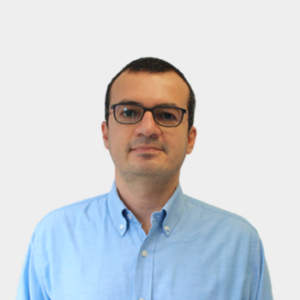
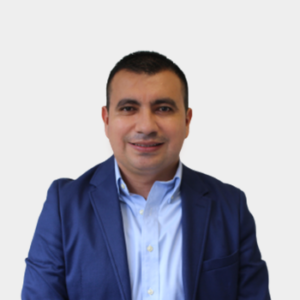
Jairo Blanco Solano
Doctor in Engineering (Electrical Engineering, Electronics and Management & Development)
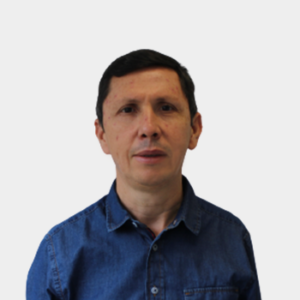
Rodolfo Villamizar Mejía
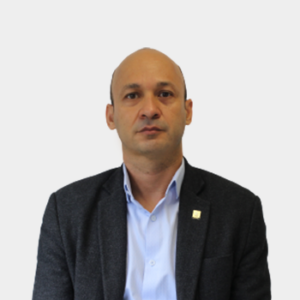
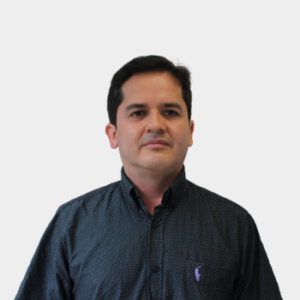
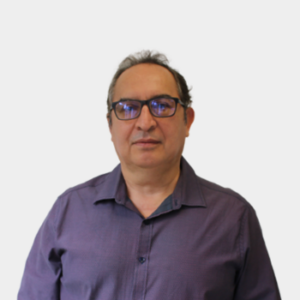
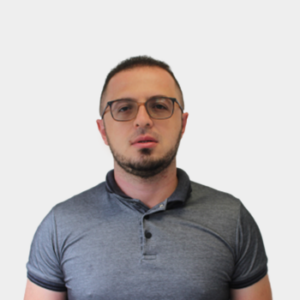
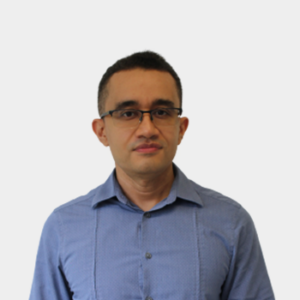
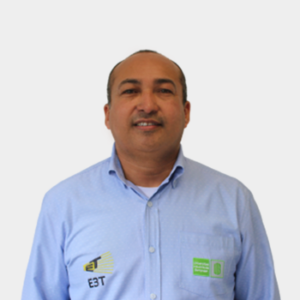
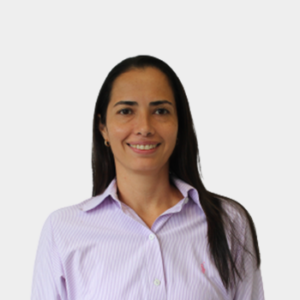
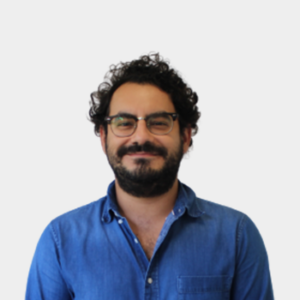
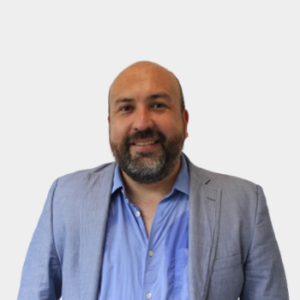
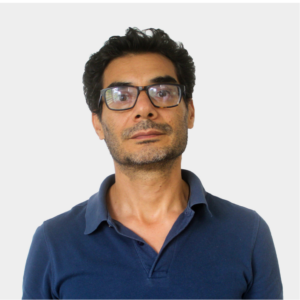
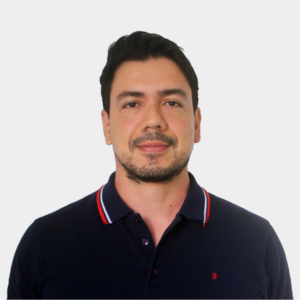
Our
reach

Students
*Second semester
2023 data

Alumni
*Data taken until
september 2023
RESERCH Groups and
Hotbedsy
Do you want more information?
Contact Us


School of Electrical, Electronic and Telecommunications Engineering
Telephone: +57 (607) 634 4000
Extension: 2364
E-mail: jaamaya@uis.edu.co


UIS Central Campus
Bucaramanga, Santander
Carrera 27 calle 9
Electrical Engineering Building, fifth floor


Office hours:
Monday to Friday
7:00 a.m. – 12:00 m.
2:00 p.m. – 5:00 p.m.
